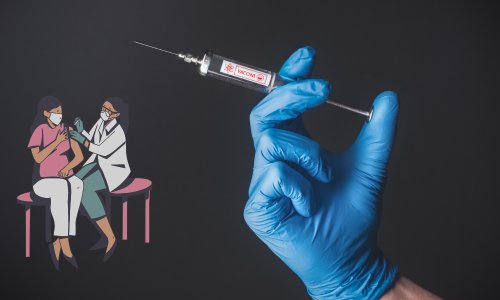Challenges and Innovations in Vaccine Development and Distribution
Explore the latest challenges and breakthrough innovations in vaccine development and distribution. Stay updated with in-depth insights on pharmaceutical advances, supply chain solutions, and cutting-edge technologies transforming global healthcare.
Vaccine development has long been a cornerstone of public health, playing a crucial role in controlling and eliminating infectious diseases. However, the process of creating, producing, and distributing vaccines remains complex and challenging. In recent years, the world has witnessed both the urgency of vaccine development and the critical need for innovation across every stage of the process.
The first major challenge lies in the scientific and technical complexity of developing a vaccine. Unlike drugs that treat illness, vaccines are preventive tools that must safely stimulate the body’s immune system to recognize and fight a specific pathogen. This requires a deep understanding of the virus or bacteria, its behavior in the body, and how the immune system responds. Developing such insights often involves years of research, experimentation, and testing.
Even when a promising vaccine candidate is identified, the clinical trial process can be lengthy and unpredictable. Trials must demonstrate not only that a vaccine is effective but also that it is safe across diverse populations. Regulatory scrutiny is intense, and rightfully so, as vaccines are administered to healthy individuals to prevent illness.
Another major hurdle is manufacturing at scale. Once a vaccine is approved, it must be produced in large quantities under strict quality control standards. The materials used—such as viral vectors, stabilizers, and vials—must be available in abundance and produced consistently. Scaling up production while maintaining safety and efficacy is a delicate balancing act that requires precision, investment, and expertise.
Distribution presents its own set of challenges. Vaccines often require cold chain logistics, meaning they must be stored and transported within specific temperature ranges to remain effective. This can be especially difficult in regions with limited infrastructure or during emergencies when rapid delivery is essential. Ensuring equitable access across urban and rural areas, as well as low- and high-income regions, is a constant concern.
Beyond logistics, public trust and vaccine acceptance are also critical factors. Misinformation, cultural beliefs, and skepticism can all hinder the success of vaccination campaigns. Public health officials must work tirelessly to educate communities, address concerns, and promote confidence in the safety and importance of vaccines.
Despite these challenges, innovation is driving significant progress. mRNA vaccine technology, once experimental, has now proven to be a game-changer. It allows for faster design and production of vaccines with high levels of efficacy. This approach opens doors to new vaccines for a range of diseases, from influenza to cancer.
Advanced bioinformatics and artificial intelligence are also improving the speed and accuracy of vaccine research. These tools help scientists identify potential antigens and predict immune responses with greater precision, reducing the time needed to design effective candidates.
On the distribution side, smart logistics systems and digital tracking tools are helping monitor vaccine delivery, storage conditions, and inventory levels in real time. These innovations improve efficiency and reduce the risk of waste or spoilage.
Additionally, new strategies such as needle-free delivery, microneedle patches, and oral vaccines are being explored to simplify administration and improve access, especially in remote or resource-limited settings.
While vaccine development and distribution remain among the most complex tasks in global health, continued innovation is paving the way for a more responsive and resilient system. By addressing scientific, logistical, and social challenges head-on, the world can be better prepared for future outbreaks and ensure that life-saving vaccines reach everyone who needs them.
In the journey toward global health security, vaccines remain one of humanity’s most powerful tools—and innovation is the key to unlocking their full potential.
Keywords:
vaccine development, vaccine distribution, pharmaceutical innovations, vaccine challenges, drug development, pharma supply chain, chemical industry news, biotech advances, vaccine technology, healthcare solutions, pharmaceutical manufacturing
What's Your Reaction?




















